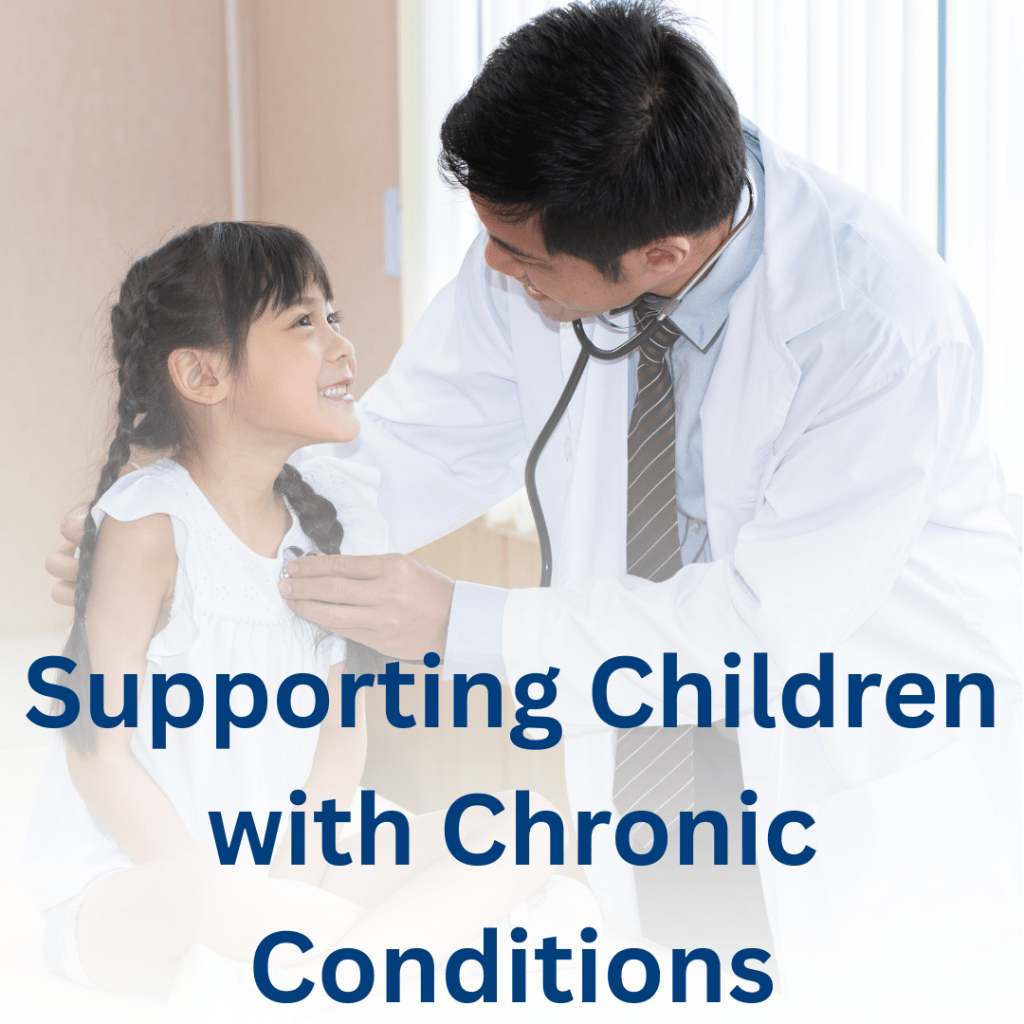
Juvenile arthritis is more than a childhood diagnosis: it’s a chronic condition that can affect every aspect of a child’s development. In the wake of Juvenile Arthritis Awareness Month, healthcare leaders are urged to look beyond early detection and commit to long-term, holistic care strategies.
Children diagnosed with juvenile arthritis (JA) face more than joint pain; they face challenges that span their physical, emotional, and developmental lives. Following July’s observance of Juvenile Arthritis Awareness Month, healthcare leaders are encouraged to shift focus from detection to ongoing, holistic care.
When delivered strategically, long-term support for children with JA can reduce symptom severity, enhance mobility, improve psychosocial health, and prevent disease progression. The key lies in integrated care models that support not only the patient but the entire family unit.
Key Strategies for Supporting Pediatric JA Patients
1. Pain Management and Physical Function
Pain is often the most limiting aspect of juvenile arthritis. According to the Archives of Disease in Childhood, biologic medications, combined with non-pharmacologic interventions like cognitive behavioral therapy (CBT), can provide significant relief. Complementary treatments, such as physical therapy and aquatic exercise, support joint flexibility and reduce inflammation without over-reliance on medication.
Establishing a pediatric pain management protocol that includes physical rehabilitation, age-appropriate exercise, and emotional support can improve both daily comfort and long-term outcomes.
2. Family-Centered Care Planning
Because JA affects school routines, family activities, and emotional well-being, care planning should extend beyond the clinic. The child’s voice (as well as that of parents or caregivers) must be integrated into every phase of treatment. A 2025 article in Frontiers in Pediatrics emphasizes co-creating care plans with families to foster empowerment and improve adherence to therapy.
Multidisciplinary teams, including pediatric rheumatologists, psychologists, school nurses, and social workers, can ensure that care is both personalized and sustainable.
3. Long-Term Monitoring and Transition to Adult Care
As children with JA grow into adolescence and young adulthood, continuity of care is essential. Providers should begin transition planning early (usually in the pre-teen years) to ensure smooth handoffs between pediatric and adult rheumatology care teams.
Evidence presented at the 2024 British Paediatric Rheumatology Group conference calls for more structured transition protocols that account for the unique needs of young patients, such as medication adherence, independence, and mental health support.
Key Takeaways
- Effective juvenile arthritis care goes beyond symptom relief, requiring integrated strategies that address physical, emotional, and developmental needs.
- Family-centered care planning empowers patients and improves adherence, especially when co-created with parents, caregivers, and multidisciplinary teams.
Early transition planning prepares children for adulthood, reducing care gaps and fostering self-management skills that support lifelong health outcomes.
FAQs
What are the most effective non-pharmacologic strategies for managing pain in children with juvenile arthritis?
In addition to pharmacologic treatments like NSAIDs or biologics, non-pharmacologic strategies such as physical therapy, occupational therapy, hydrotherapy, and cognitive behavioral therapy (CBT) have been shown to improve both pain and function. A multidisciplinary approach often yields better outcomes and can help minimize long-term reliance on medication.How can our care team better involve families in treatment planning and decision-making?
Family-centered care starts with listening. Encourage shared decision-making during consultations, provide culturally appropriate education materials, and include family members in care team meetings when possible. Tools like individualized care plans, regular goal reviews, and access to support groups help families stay engaged and informed.When and how should we begin transitioning juvenile arthritis patients to adult care services?
Transition planning should begin as early as age 12, with a gradual shift in responsibility to the patient. Establish milestones for self-management (e.g., understanding medication schedules, communicating with providers) and collaborate with adult rheumatology providers to create a seamless handoff. Structured transition programs improve patient confidence and reduce care gaps during this critical period.
Each week, we email a summary along with links to our newest articles and resources. From time to time, we also send urgent news updates with important, time-sensitive details.
Please fill out the form to subscribe.
Note: We do not share our email subscriber information and you can unsubscribe at any time.
|
|
Thank you for Signing Up |

Sources
- Archives of Rheumatology
Biologics in juvenile idiopathic arthritis-main advantages and major challenges: A narrative review
https://archivesofrheumatology.org/full-text/1151 - British Society for Rheumatology
A review of the quality of care in children and young people with juvenile idiopathic arthritis (JIA)
https://adc.bmj.com/content/110/Suppl_1/A53.1 - Frontiers
Editorial: Promoting patient-centered care for pediatric rheumatology across Africa
https://www.frontiersin.org/journals/pediatrics/articles/10.3389/fped.2025.1613257/full - British Society for Rheumatology
Psychiatric comorbidity in juvenile idiopathic arthritis: a literature review
https://adc.bmj.com/content/109/Suppl_1/A219
Previous Articles
Partner with BHM Healthcare Solutions
With over 20 years in the industry, BHM Healthcare Solutions is committed to providing consulting and review services that help streamline clinical, financial, and operational processes to improve care delivery and organizational performance.
We bring the expertise, strategy, and capacity that healthcare organizations need to navigate today’s challenges – so they can focus on helping others.
Are you ready to make the shift to a more effective process?
